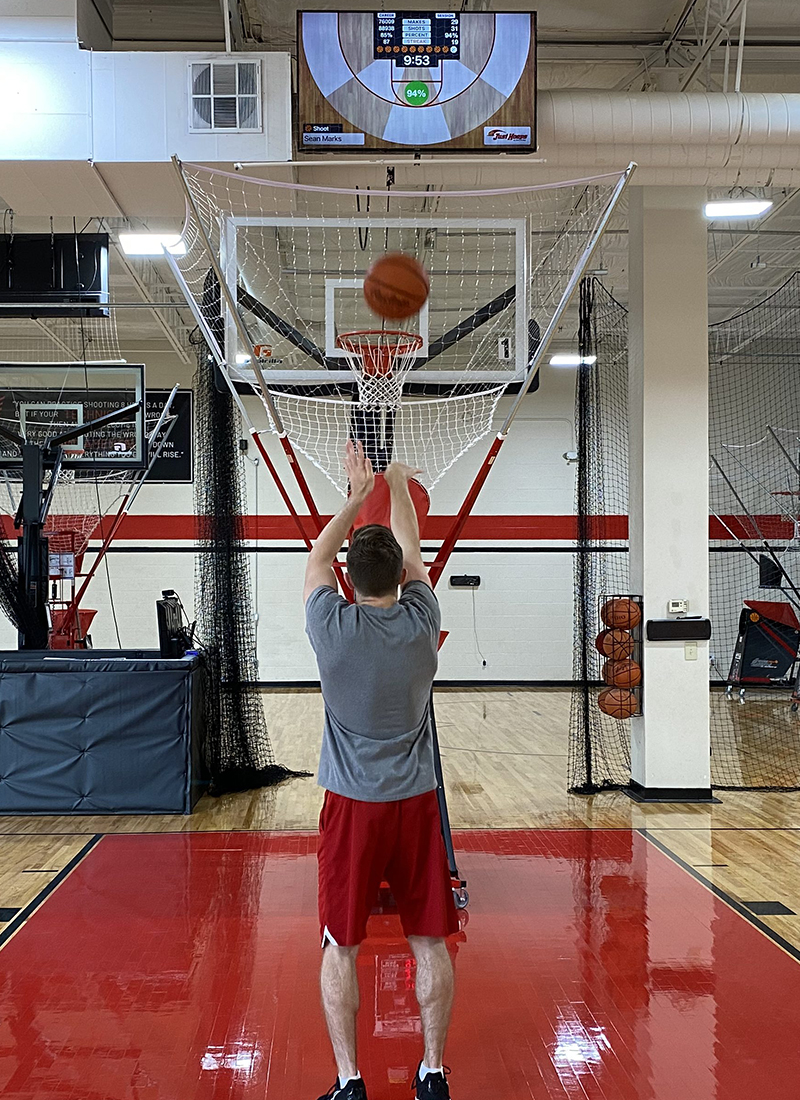Lessons we can learn from The Mamba Mentality: How I Play
PROCESS
I had a constant craving, a yearning, to improve and be the best. I never needed any external forces to motivate me.

Over the years, my routine might have changed some, but my philosophy never did. If something has worked for other greats before you, and if something is working for you, why change it up and embrace some new fad? Stick with what works, even if it is unpopular.
Film study is all about detail. Some people enjoy looking at a watch; others are happier figuring out how the watch works.
I didn’t train only my body – I trained my mind, too. The only way I was able to pick up the details on the court, to be aware of the minutiae on the hardwood, was by training my mind to do that off the court and focusing on every detail in my daily life.
I always started off my routine close to the basket. I would start off short and work on my touch. Always. Always. Always
The Mamba Mentality isn’t about seeking a result – it’s more about the process of getting to that result. It’s about the journey and the approach. It’s a way of life.
CRAFT
Footwork is about efficiency. I needed to be able to get to my attack spots in one or two dribbles. The key was knowing how to move the defense with just my feet and my eyes and the positioning of my body, by knowing how to manipulate them left or right without having to put the ball on the floor.

During my early years in the NBA, I was surprised to learn that I took a different, more fundamental and serous, approach to footwork than a lot of players. A lot of players solely focused on improving off the dribble, but I also always placed added emphasis on playing off the catch. Only after mastering pivots – reverse pivots, inside reverse pivots, outside reverse pivots – did I work on the sexier between-the-legs, behind-the-backs, and crossovers.
God gave us two hands. Whether dribbling, pivoting, or spinning; it was important to me that I felt comfortable with either hand.
I never shied away from contact. Understanding the importance of contact and physicality is only half the battle. You have to love it, and I did.
When fundamentals are no longer fundamental. It’s weird, actually – fundamentals aren’t really fundamental anymore. A lot of players don’t understand the game or the importance of footwork, spacing. It’s to the point where if you know the basics, you have an advantage on the majority of players.
I took boxing out a big man as a personal challenge. You want to, obviously, establish a good base and get your body in front of the opposition. But you also want to make sure you get lower than their hips so you can move them and alter their positioning. If you try doing that at the shoulders, it won’t work because they are stronger at the top. When most players look at basketball, as a competition, they consider scoring and defending. In truth, even this little aspect – boxing out – is a competition within the competition.
All about footwork. Footwork on the court is comparable to the way you use your head while riding a motorcycle. If you want to turn left or right, you have to start by looking and leaning your weight, starting with your head, in that direction. It’s the same thing with your feet on the basketball court.
I built my game to have no holes. Yes, you might have known I preferred to go one way. That didn’t ultimately matter, because I could just as easily go the other way. Yeah, you might have also thought you knew my cadence and rhythm, except – I didn’t have one. I made a point to adjust the pace of my attack to throw defenders off. In essence, the more you thought you knew about my game, the harder it would actually be to guard me.
What separates great players from all-time great players is their ability to self-assess, diagnose weaknesses, and turn those flaws into strengths.



